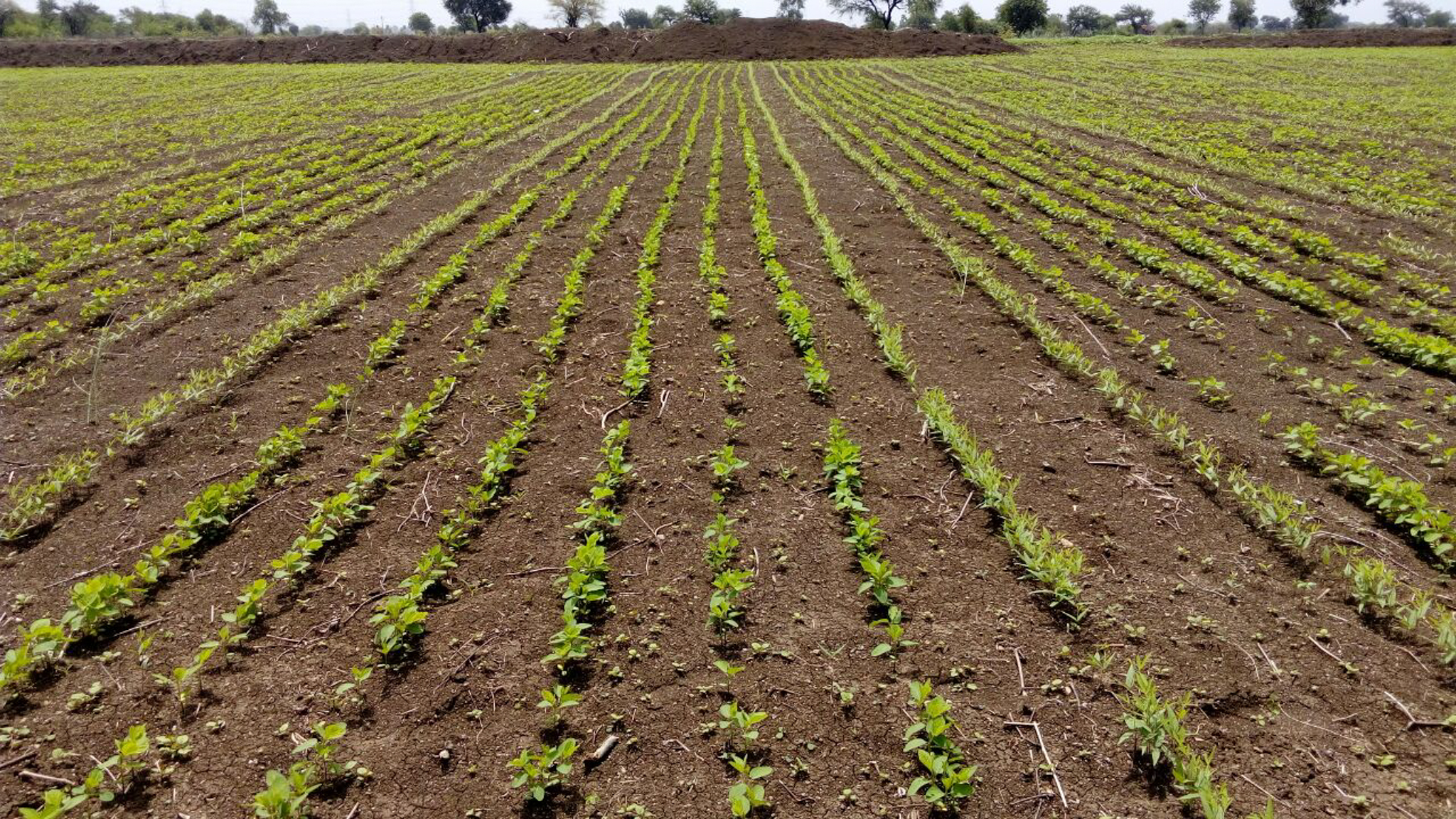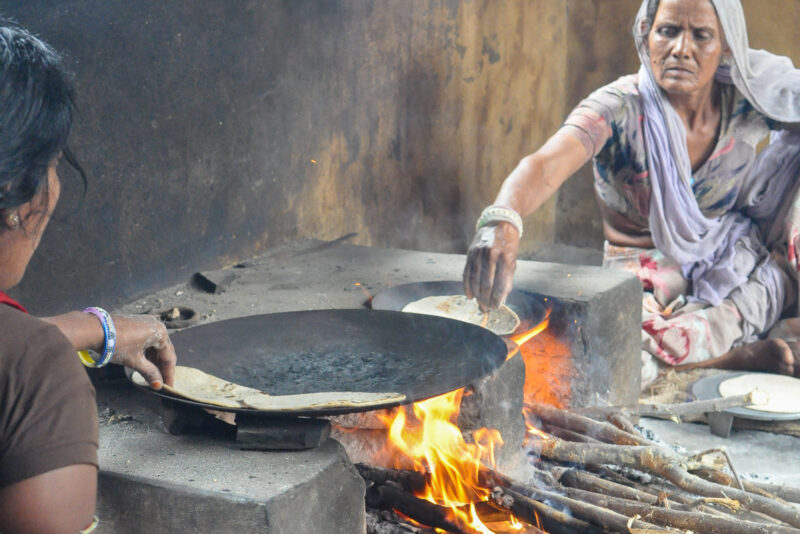Thinking About Soil from the Farmers’ Perspectives

Good, healthy soils are not only critical for crop production, they are also crucial for good nutrition. Soils high in mineral content produce crops with higher levels of those nutrients. Yet in developing countries like India, which struggles to provide its population with nutritious food, there seems to be no real market among farmers for information on soil health. How can that be?
One line of thought attributes this missing market to poor infrastructure. Another speculates that there is simply low demand for such information. To explore this question in greater detail, I spent the summer of 2019 engaging with farmers and other stakeholders in Munger district in Bihar, India, to understand their views on soil health.
Meeting Munger’s Farmers on Their Soil
Munger belongs to a region with objectively good soil quality, but that also has low farm productivity levels and is typified by smallholder agriculture.
While in the district, I conducted several focus group discussions and personal interviews with farmers, seed and fertilizer shop owners, and government agency representatives. TCI’s partner in the area, BAIF Development Research Foundation, helped adapt my questionnaires to specific communities and facilitated my field visits.
While farmers are able to differentiate between different soil types, their fertilizer application behavior does not vary in kind.
In addition to interviews, I also met with farmers on their land, examining the soil across different plots. Visually, I could differentiate between different soil colors. Farmers rely extensively on visual cues. For instance, plots around the villages are often shaded in colors of brown or black, which farmers interpret as more fertile soil. Plots further away have distinct streaks of white running through the soil—marks of salinization.
On one visit, a farmer explained the different layers underneath the topsoil and demonstrated how topsoil particle size is often used as a predictor of gravel in the lower layers. Such distinctions are for land-preparation activities that require digging and weeding.
A Mixed Bag of Awareness

TCI Scholar Natasha Jha interviews a group of women during a focus group in the village of Kudratabagh in Munger district, Bihar. (Photo provided by Natasha Jha/TCI)
Based on my interactions, I learned that farmers have localized names for different soil types and can differentiate between soil types based on color and aggregate stability—the size of soil particles and the composition of soil layers. Insofar as aggregate stability is usually correlated with other soil health indicators, farmers seem to be partly aware of the health of their plots.
Yet, while farmers are able to differentiate between different soil types, their fertilizer application behavior does not vary in kind. Almost all farmers followed the same procedure of fertilizer application and did not change their input mix based on soil type. They also had a general lack of awareness of micronutrients in the soil, which only came to the fore when crops fell sick because of micronutrient deficiency.
Still, the farmers were able to correctly map soil profiles with crop suitability, revealing some knowledge of the relationship between chemical attributes of soil and crop requirements.
Taken together, these observations suggested a limited ability of farmers to comment on the chemical properties of their soils. When asked about soil testing, many farmers were aware of such tests and indicated their willingness to act on such information. It does not appear, then, that low demand for soil health information is the driving factor for missing information markets. What prevents these farmers from accessing information on the quality of their soils?
Connecting Economic Context to Soil Health Awareness
From the BAIF team, I learned that most farmers in Munger operate in a resource-constrained environment that may not enable them to think beyond basic sustenance to how soil health might improve the nutritional quality of their crops. Credit constraint is a real problem. And, since it requires several days of work to facilitate sample collection, followed by a long wait for the results, soil testing has a high opportunity cost. Most of the time, the results arrive after the sowing season, when they are of little use to the farmers.
Soil is more than just an agricultural input. It is a unique, fixed asset that belongs to farmers and a community resource with the potential to degrade other soils if improperly managed.
The Indian government offers a soil health card program, which provides farmers with nutrient recommendations based on tests, but the farmers I spoke with were generally unaware it exists. My conversations with extension agents—individuals who are hired to facilitate the application of scientific research through farmer education—revealed faults in implementing the program. Soil samples were not being collected prior to every sowing season and most of the data provided are compromised.
Measuring the Value of Good Soil
Soil is more than just an agricultural input. It is a unique, fixed asset that belongs to farmers and a community resource with the potential to degrade other soils if improperly managed.
Soil health information has significant value for ecosystem preservation efforts. It also has the potential to optimize input applications to accurately reflect the requirements of soil profiles. Through my research, I hope to provide an economic valuation of soil health. My experience in Munger reveals that the farmer perspective is an integral component of that valuation.
Farmer interaction with soil is based on a cognitive process refined through years of experience. A farmer might not be able to accurately identify the chemical levels in their soils, but they can be fairly confident about the yield potential of any kind of soil they encounter. Understanding how they engage with soil and think about soil health is critical to bridging the distance between farmer perception and scientific knowledge.
Natasha Jha is a TCI scholar and PhD candidate studying applied economics and management at Cornell University.





